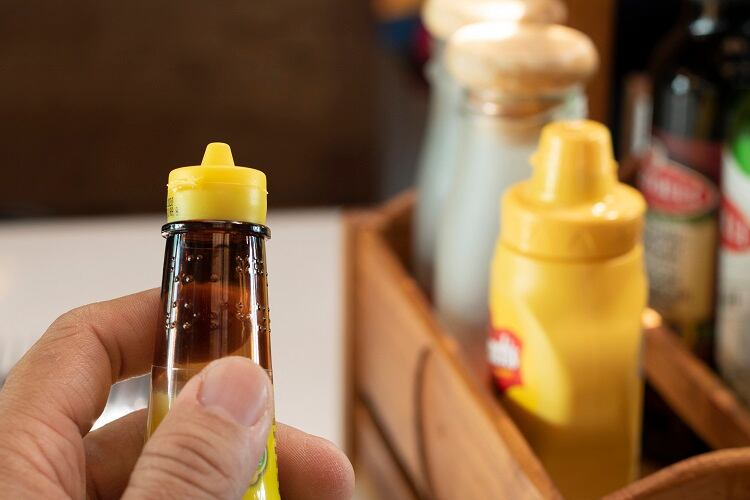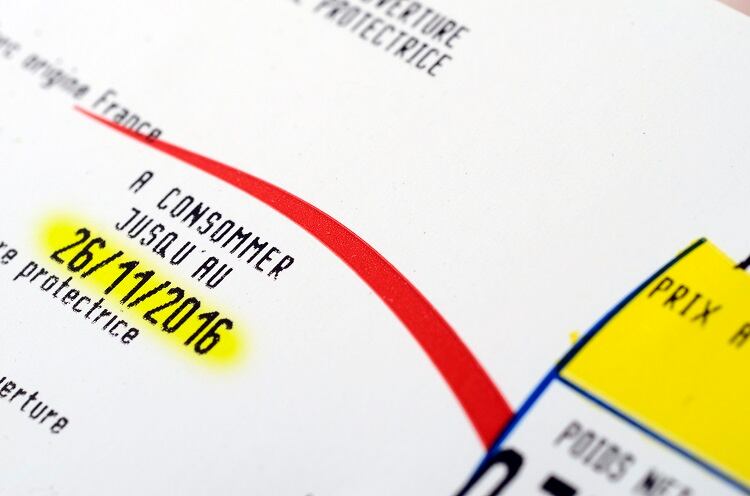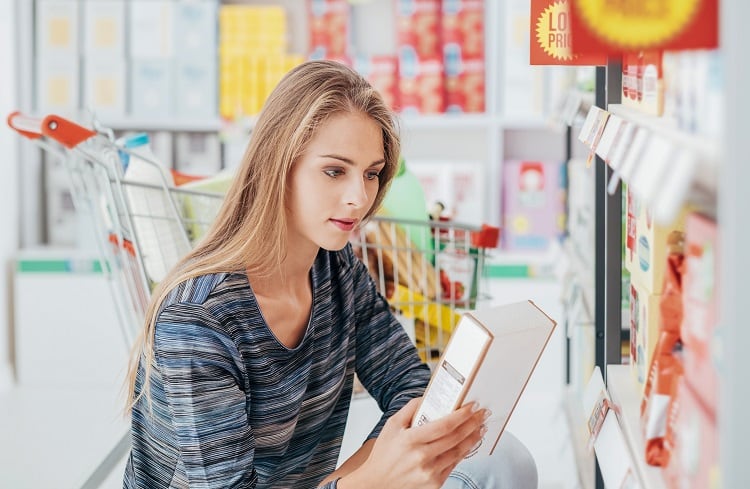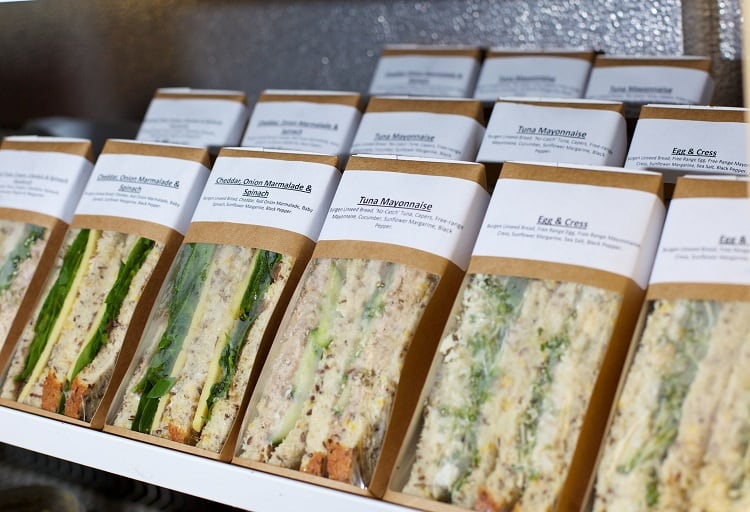More than 30 million blind and partially sighted people live in Europe, with an average of one in three Europeans experiencing sight loss, estimates the European Blind Union (EBU).
At the same time, obesity and overweight are of growing concern. The World Health Organization (WHO) estimates that overweight affects 30-70% and obesity affects 10-30% of adults in EU Member States.
The number of overweight infants and children is also steadily increasing across the bloc, with one in three eleven-year-olds now overweight or obese.
Initiatives such as mandatory nutritional tables and voluntary food labels are designed to curb this trend, by empowering consumers to make healthy choices. However, without braille or touch-sensitive technology, are these labels overlooking the visually impaired?
Looking beyond the conventional
Across Europe, a selection of mandatory and voluntary food labels exist for pre-packaged food.
In 2012, the European Commission published new regulation demanding that food manufacturers provide information on the energy value and six nutrients, in a particular order, per 100g or 100ml of product. The nutrients are: fat, saturates, carbohydrate, sugars, protein, and salt.
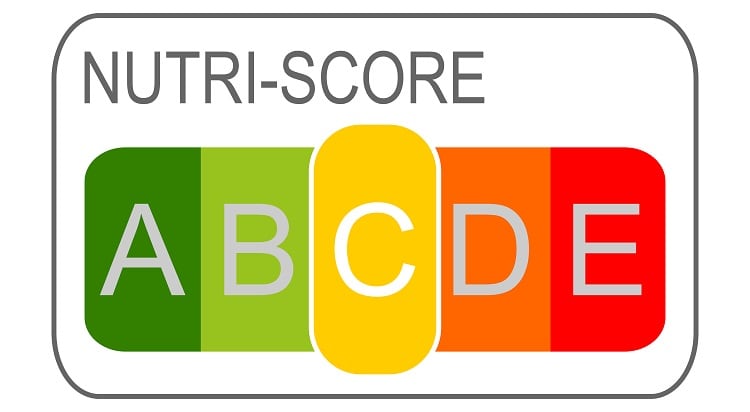
Voluntary food labels are also prevalent across the bloc. Nutri-Score, for example, which was first developed in France in 2017, has been trialled or adopted by countries such as the Netherlands, Spain, and Belgium, and by food brands including Nestlé, the Kellogg Company, and PepsiCo.
The system ranks foods from -15 for the ‘healthiest’ products to +40 for those that are ‘less healthy’. On the basis of this score, the product receives a letter with a corresponding colour code: from dark green (A) to dark red (F).
Another popular food label, predominantly used in the UK, is the traffic lights labelling scheme. Operated by the UK Food Standards Agency (FSA), the scheme labels four nutrients – sugars, fat, saturated fatty acids and salt – and assigns a colour – red, amber and green – depending on levels in the product.
The fact that these three commonplace examples, however, are all interpreted visually, suggests that such labels exclude the visually impaired.
The blind perspective: ‘Currently, access is nil’
In the UK, the Department of Health and Social Care’s (DHSC) Equality Act 2010 stipulates that businesses have a duty to make reasonable adjustments to people with disabilities, which includes those with visual impairments.
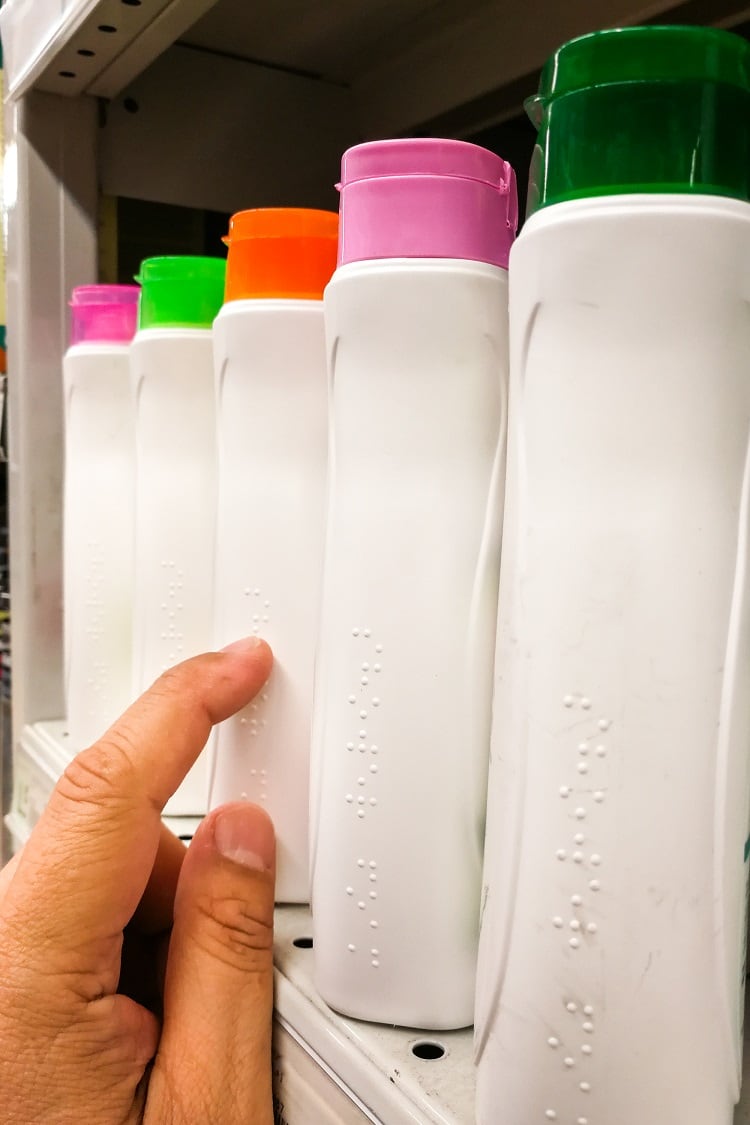
However, having heard from members of the UK’s visually impaired community, such ‘reasonable adjustments’ appear few and far between in the food industry.
Visually impaired members of the Royal National Institute of Blind People’s (RNIB) Connect Voices Network have voiced their support for more accessible food labels.
Shelly Roberts, for example, who has been blind since birth, told FoodNavigator that braille food labels would be ‘a fantastic idea’. “At the moment I don’t have a clue how many calories things have in them.”
Roberts stressed that the braille would have to be embossed into the packaging itself. “If you put sticky labels on things, then put them in the freezer, they can disintegrate eventually.”
RNIB Connect Voices member Rita Bayliss said she would support ‘anything’ that boosts access to information on food labels, as ‘currently, access is nil’. “I’d like to be able to read the percentage content of all the elements of the food and make my own decision about whether it’s healthy to eat.”
And Samantha Britain, who is severely sight impaired, told this publication she is ‘massively disadvantaged when it comes to food choices’. Britain has type 1 diabetes, which means she must watch her carbohydrate intake, and administer insulin accordingly.
Advocating for the inclusion of carbohydrate content on traffic light labelling, Britain explained that diabetes is one of the biggest causes of sight loss in the UK, after macular degeneration. “There must be so many people who struggle to access this very vital information, not just for making a healthy food choice, but [to] control our condition effectively – lessening the chances of complications and essentially keeping us alive.”
“I truly believe that blind and partially sighted people are at a disadvantage when it comes to being able to make healthy food choices, because the food labelling system currently in place is not accessible…” – Samantha Britain, RNIB Connect Voices Network member
Available touch-sensitive technology
Touch-sensitive technology does exist in the food industry. Supermarket retailer The Co-operative, for example, applies braille to a number of products including bleach, some alcohol and spirits, and own-brand ready meals.
Connect Voices participant James Bowden praised The Co-op’s initiative. “This is an example I would love other supermarkets to follow, but for as many products as feasible. Anything which has paper or card can be labelled,” he told this publication.
According to Connect Voices’ Chris McMillan, however, the impact that specific packaging materials have on legibility needs to be addressed.
“Tactile labelling in general needs to improve drastically,” we were told. “Compare the quality of tactility on a bleach bottle to the cardboard boxes used by, for example, The Co-op. The braille on cardboard just does not work, because as soon as the boxes are put on onto the shelves the braille is flattened totally.”
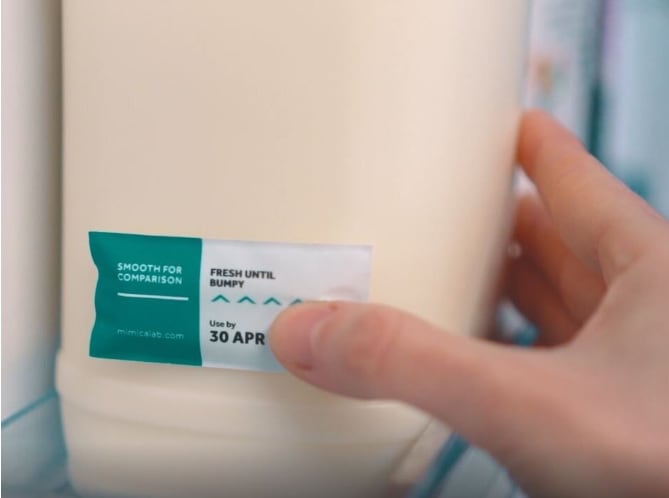
UK-based start-up Mimica is also using touch-sensitive technology in the food sector. Mimica Touch can be applied as a label or a cap on food packaging and alerts consumers with ‘bumpy’ technology when a food or beverage is no longer fit for consumption.
Mimica founder and director Solveiga Pakštaitė told us she was inspired by the concept of ‘inclusive design’, which she described as something that is easy for a person with a specific disability to use, and ‘even easier’ for a person without that disability to use. “It therefore makes the whole design smarter, without excluding people”.
When Pakštaitė spoke with people with visual impairments, she realised the current expiry date system was ‘letting them down’. “It forces most people to choose longer-life [products] and therefore less risky foods. However, the mitigation of one health risk creates another – these longer-life, processed foods have the expected negative health consequences.”
Applying Mimica Touch to perishable, fresh food products makes it easier for the visually impaired to make healthier choices and ‘stay independent for longer’, she explained, as people can manage their own fridge inventory without assistance.
Ideas for the future
Braille and touch-sensitive food labels is not the only solution, according to Connect Voices members, who told us other technologies with similar objectives would also be welcome.
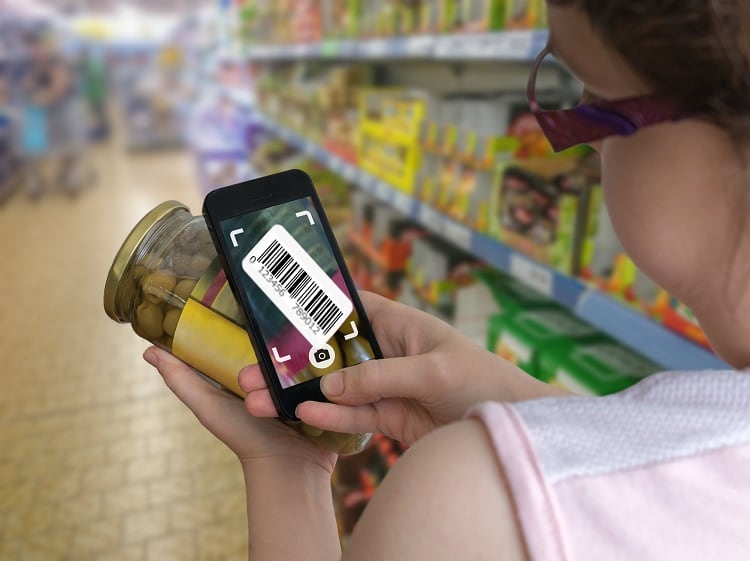
Connect Voices’ Britain suggested QR codes be adhered to every item in the supermarket. Once scanned, the user would have access to information including calorie count, carbohydrates, protein, sugar, and fat content, as well as allergens. The traffic light label could complement the QR code, if more detailed than the current system, she continued.
While Toni Hoskins, who works from the RNIB, said she believes “blind people are disadvantaged from not having access to traffic light labels” and would support the implementation of braille or touch-sensitive technology, she also suggested smartphone apps could play a role.
“Another idea I think could support blind people in making healthy choices in supermarkets is having a device, or possibly a supermarket app, where the shopper can easily scan the barcode for more detailed product information.”
Such information could include the best before and use-by dates, as well as storage, allergen, and nutritional information. “It would be so good if there was some braille to help a blind person locate the bar code or area where the person could scan,” she added.
Of course, not all visually impaired people read braille, which is another argument for alternative technologies in-store. And as Connect Voices’ McMillan pointed out, the majority of newly vision impaired people are seniors, who struggle with tactility.
“My tactility isn’t [good] enough for packaging…[which is the same for] long-term diabetes sufferers, plus anyone who has damaged nerves in their fingertips, i.e. people who have worked in heavy manual work. It’s a nightmare!”
This week, the European Commission published its roadmap on the EU’s new food policy, the Farm-to-Fork Strategy.
The Commission is calling on businesses, NGOs and citizens to give their views on the upcoming initiative, including feedback on front-of-pack nutrition labelling.
The feedback period, which opened on 17 February, will run until 16 March 2020.


